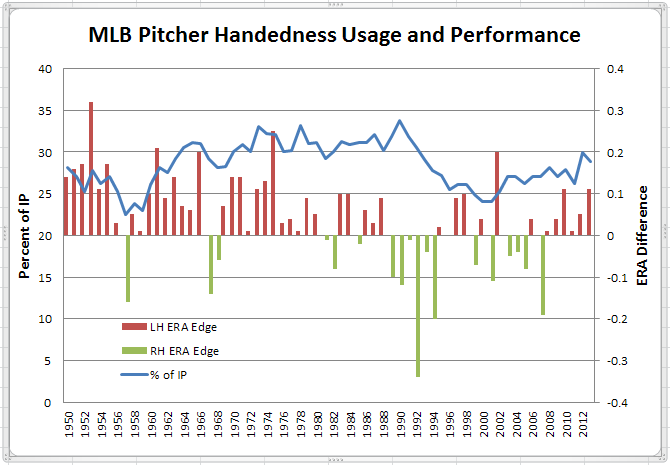The lists below identify the only players with seasons since 1901 matching different search criteria. The common trait is that all of the search criteria exhibit the same type of symmetry. What is the season symmetry that describes each of these player lists?
No fooling the panel who made quick work of this one. Congratulations to brp, bstar and David Horwich who teamed up to identify the symmetry as having two or more seasons with identical totals for the same two common counting stats (with appropriate minimum totals). Details are after the jump.



